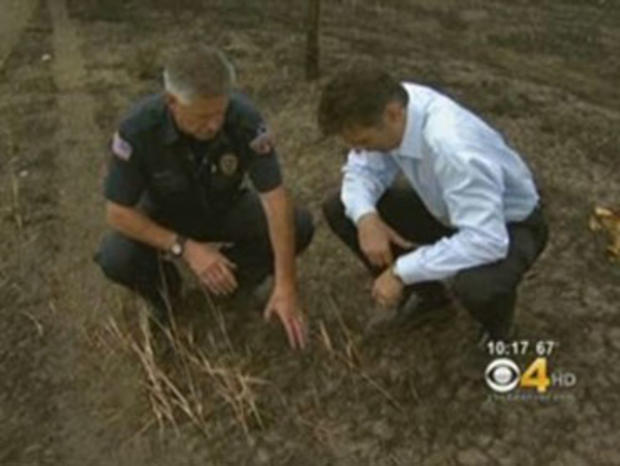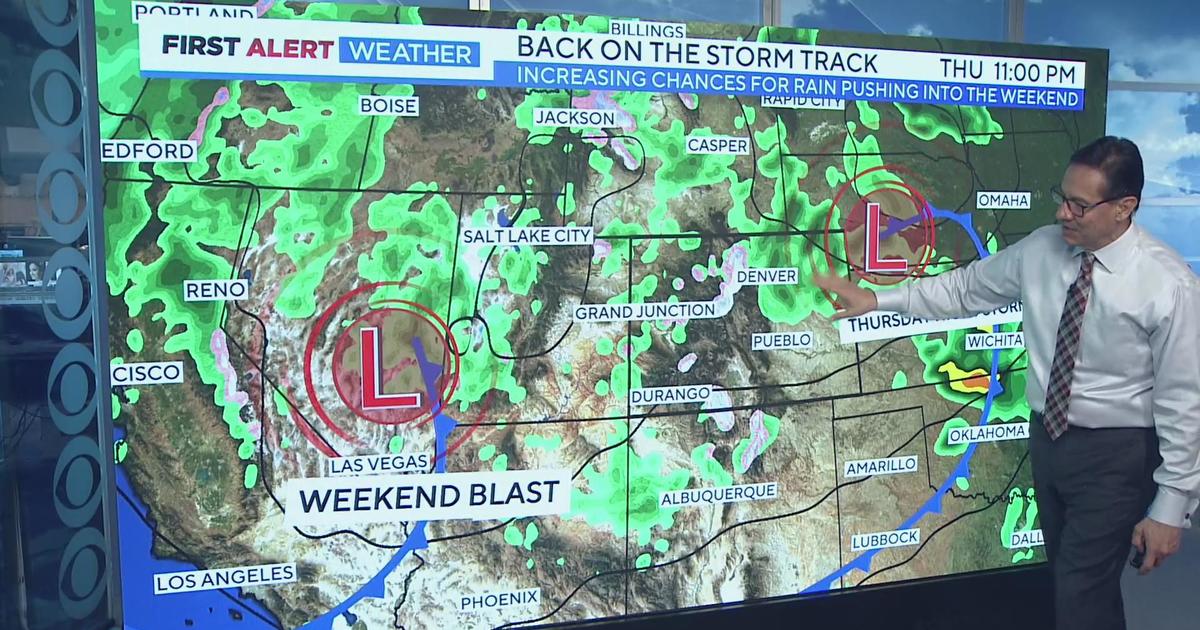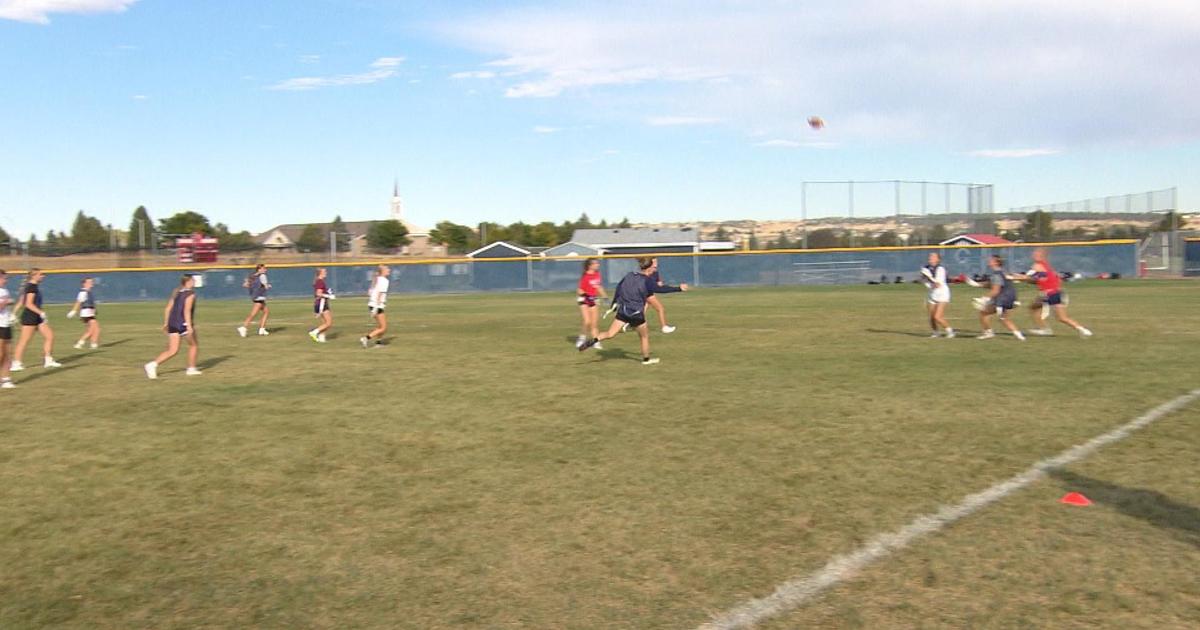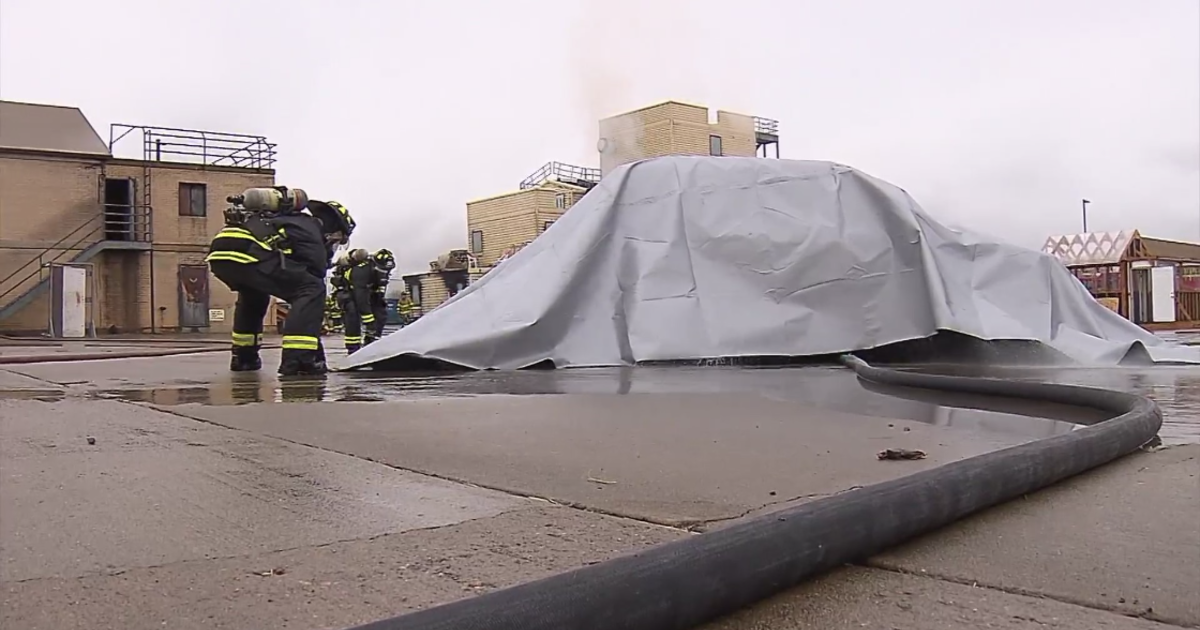Good Question: How Do Experts Investigate Wildfires?
SEDALIA (CBS4) - A fire the other day near Sedalia tore across 13 acres -- not big, but big enough to bring in dozens of firefighters quickly as it started to climb into the trees, driven by wind.
"It is a little bit more difficult versus a house fire, for instance," said South Metro Fire's deputy fire marshal Anthony Valdez, "Because with a house fire we're limited to one particular area."
But somewhere out there in those 13 acres was the answer on how the fire in late September was started.
With Colorado's recent tinder dry conditions leading to a spate of wildfires, investigators are called upon to solve them, in case there's an arsonist somewhere, or to place blame as investigators have done in the aftermath of the Fourmile Fire in Boulder County.
"If you look at the trees behind us, you can see where we have a partially green," said Valdez. "Especially the one in the middle there, it gives a really good example of the way the fire progressed."
Fire investigator Craig Denhard showed us how fire burns on that backside of a tree, away from the wind.
The side of a tree facing the wind, will often not burn as the winds push the fire around the back of the tree.
From there, Denhard can tell which direction the fire was moving.
"Fire moved from north to south, came up through this tree went on and continued to the south."
Eventually he tracks this fire back to the obvious suspect -- railroad tracks.
By talking with firefighters and witnesses, he verifies the fire was moving that way. Investigators also check train records. There was a train headed south through the area at the time the fire started.
The train becomes the prime suspect.
"Very typically we are able to identify within a 5 to 10 square foot area," said Valdez. "We do a grid search in that area to try to determine if we can find an actual source of ignition."
This time, pinning down the exact spot is tough.
There may have been many ignition points as the train traveled up the tracks.
"It could be a spark from a hot brake another common cause is an ember from the exhaust stack," said Denhard. "And our conclusion on this one with the distance from the track we think it is more likely an ember from the exhaust stack."
Could it have been someone walking up the tracks, we ask? Not likely, since there was another fire along the tracks the same day at about the same time, some distance away.
No, the train looks like the prime suspect -- and they figure this one is solved.





